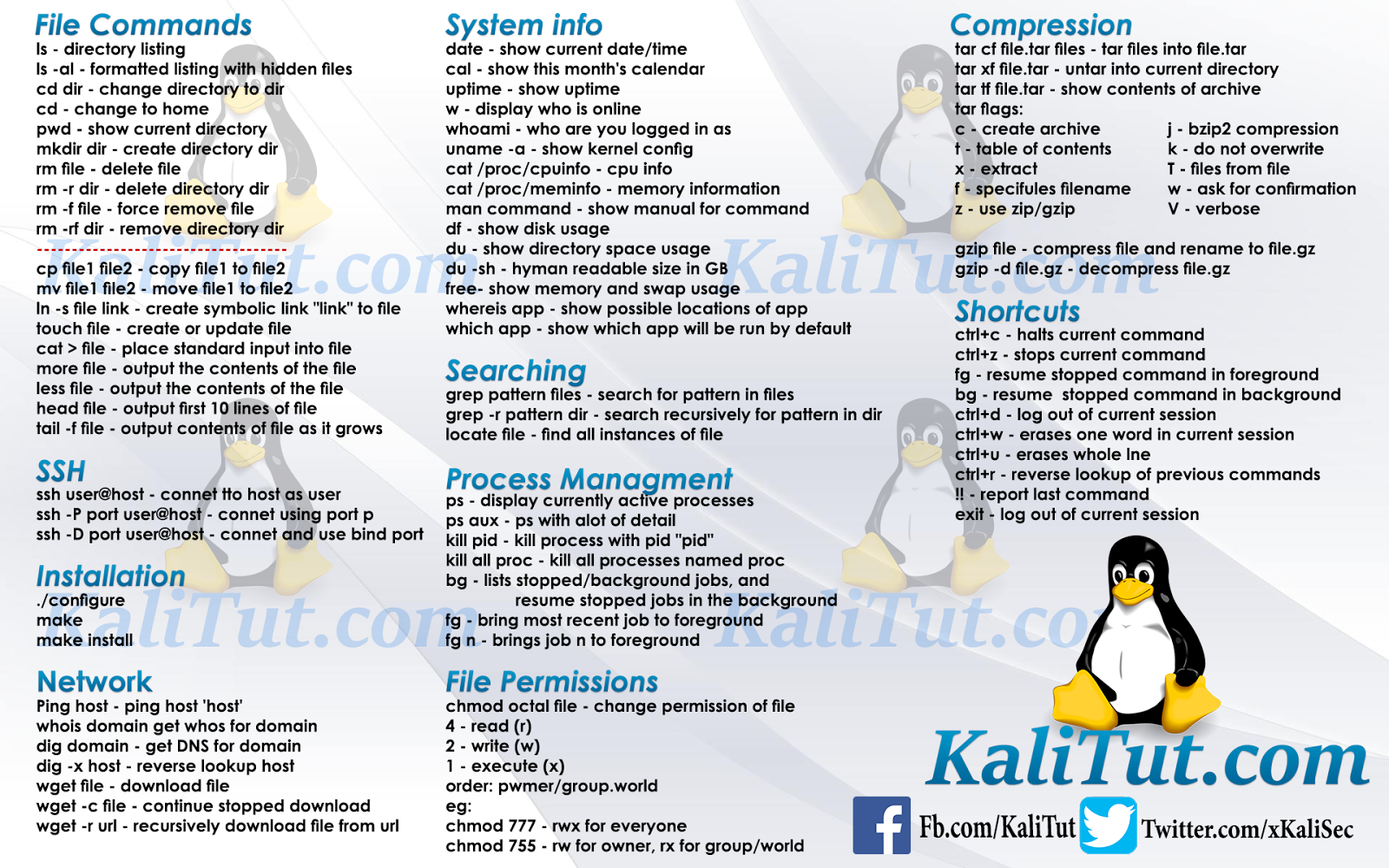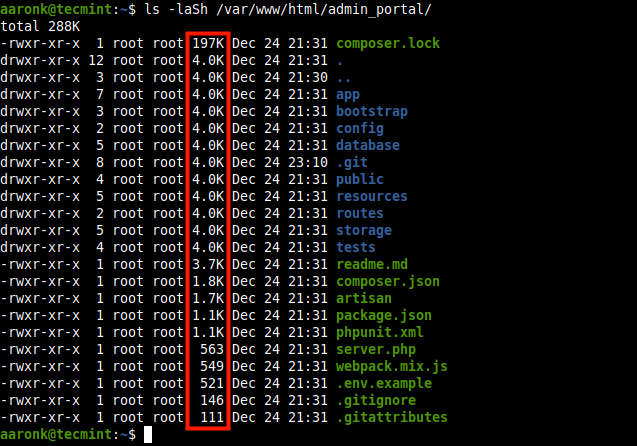

To display the content of the /etc/shadow file, you can use the cat command in Linux, as described below. Unused: This field is reserved for future use.Represented by days since January 1, 1970.

Expiration Date: The date when the account was disabled.At the end of this period, the user account is disabled.
#LINUX LIST FILE DETAILS PASSWORD#
Inactivity Period: The number of days after password expires. During this period, the user is warned to change the current password. Warning Period: The number of days before the password expires. Maximum Password Age: The number of days after which the password expires, i.e., the user must change the password. Typically it is set to zero, meaning there is no minimum password age. Minimum Password Age: The minimum number of days that must pass before a users is allowed to change the password. Last Password Change: The date when the password was last changed. For some users, the password field contains an asterisk ( *) or exclamation point ( !) to denote that the user will not be allowed to login to the system using the password authentication. And the last section that follows the third $ sign is the hashed representation of the password. The second section in between the $ signs is the salt being used to hash the actual password with the algorithm defined in the first section. Following is a list of the hashing algorithms and their corresponding ids that you may encounter in the /etc/shadow files. The first section, which starts and ends with the $ sign, defines the encryption (hashing) format. Password: The second field contains 3 different sections delimited by the $ signs. More detailed information on the usernames defined in the system can be found in the /etc/password file. Username: A unique string on a machine that is used to log into the system. etc/shadow File Format in Linux Explanation of the Fields in the /etc/shadow File An example /etc/shadow file entry and the meaning of its contents are depicted in Figure 2. Each line of entry is represented by 9 fields that are separated (delimited) by a colon symbol. The /etc/shadow file contains one entry per line that defines the user passwords and the associated parameters for them. Access Permissions on the /etc/shadow File /etc/shadow File Format To display access permissions on the the /etc/shadow file, you can use the ls command in Linux, as described below. As an essential system file, /etc/shadow file is owned by the root user and it has 640 permissions, i.e., the root account can modify its content while only the users defined in the shadow group are allowed to read it. In Linux, /etc/shadow is a plain text file that stores the encrypted passwords of the users and a set of properties related to the passwords contained. Read more educational and inspirational cyber quotes at our page 100+ Best Cyber Security & Hacker Quotes.






 0 kommentar(er)
0 kommentar(er)
